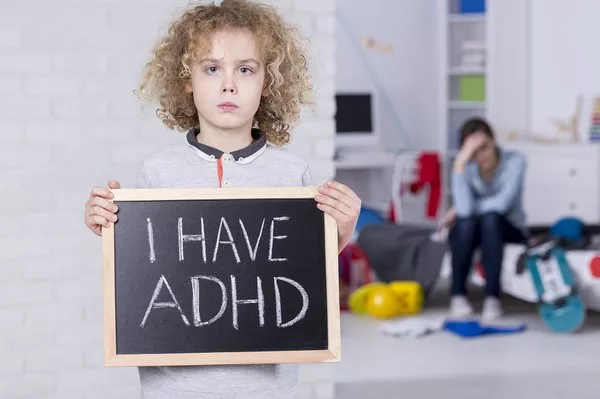A recent study published in the Journal of the American Academy of Child and Adolescent Psychiatry has explored the potential benefits of white and pink noise in managing attention deficit hyperactivity disorder (ADHD). The research suggests that these types of noise could offer a promising, non-pharmacological approach to improving behavior and focus in individuals with ADHD.
ADHD is a prevalent neurodevelopmental disorder affecting approximately 10% of children and adolescents. Traditional treatments typically involve medication and behavioral therapy, which can be effective but often come with side effects and accessibility challenges, particularly in underserved areas.
The study focused on white noise—a consistent sound across all audible frequencies—and pink noise, which resembles the sound of gentle rainfall. Both types of noise have been proposed as potential tools to enhance attention and cognitive performance. The concept of using auditory stimuli to aid individuals with ADHD is not new, and brown noise, or red noise, which includes thunder and the sound of waterfalls, has also been considered.
Joel Nigg, a study author from Oregon Health & Science University, emphasized the need to explore complementary treatments as existing therapies only partially address ADHD symptoms. “Since current therapies work only partially, it is critical that we continue to explore complementary alternatives,” Nigg said. “Our priority is to find the best tools to empower people to live life to the best of their ability and to provide evidence-based guidance that people can easily access.”
The research team systematically reviewed data from 13 previous studies involving 335 participants. They assessed the effects of various noises on ADHD symptoms and found that exposure to white and pink noise had a modest yet significant positive impact on task performance among children and adolescents with ADHD.
While the findings are encouraging, the study acknowledges limitations, including the need for further research with a more diverse participant pool and exploration of additional noise types and exposure durations.
“Although studies still need to be done, these results are encouraging,” Nigg added.
The study suggests that incorporating specific types of noise might be a viable addition to traditional ADHD treatments, potentially offering a safer, accessible, and less side-effect-prone alternative for managing symptoms.


